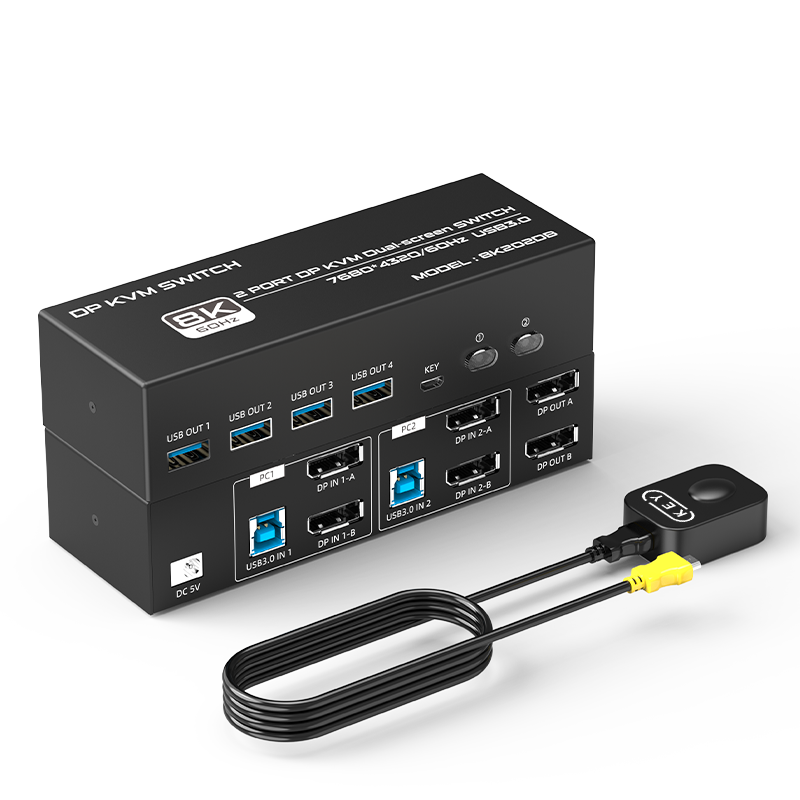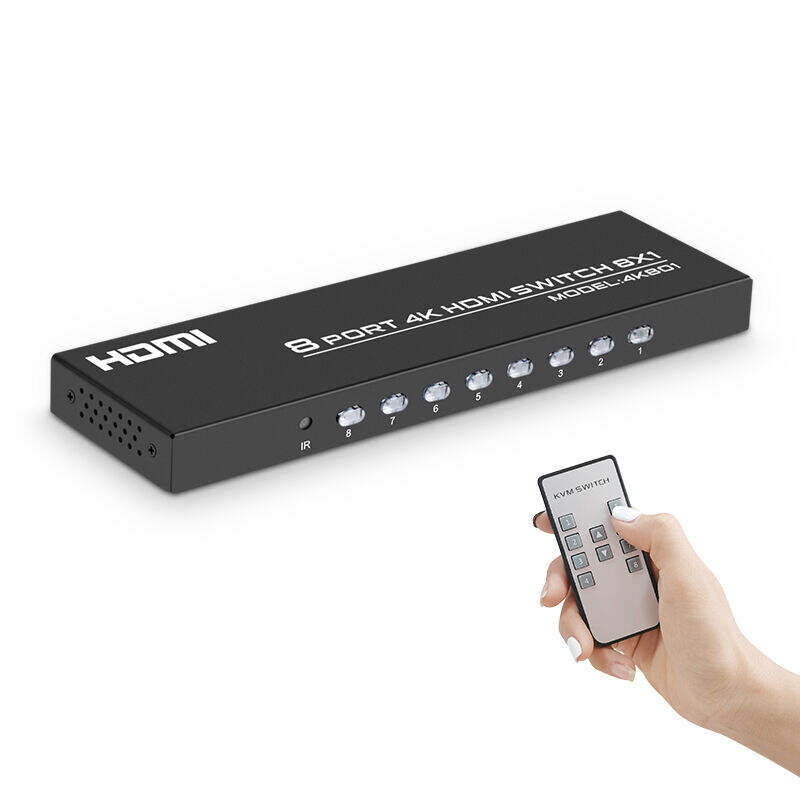fiber to sdi converter
A fiber to SDI converter is a sophisticated device that bridges the gap between fiber optic and Serial Digital Interface (SDI) technologies in professional video transmission systems. This essential piece of equipment enables the seamless conversion of optical signals traveling through fiber optic cables into SDI signals that can be processed by traditional broadcast equipment. The converter supports various SDI formats including SD-SDI, HD-SDI, and 3G-SDI, making it versatile for different broadcasting requirements. The device typically features robust error correction capabilities, ensuring signal integrity over long distances without degradation. Modern fiber to SDI converters often include automatic format detection, allowing them to adapt to different input signals without manual configuration. They commonly offer multiple channels for simultaneous signal conversion, supporting both audio and video transmission. The technology incorporates advanced clock recovery systems to maintain precise timing synchronization, which is crucial for broadcast-quality outputs. These converters are designed with professional-grade components to ensure 24/7 operation reliability and often include monitoring features such as signal status indicators and diagnostic tools. The compact form factor makes them ideal for both fixed installations and mobile broadcasting units, while their low latency performance is essential for live production environments.



